The term "electrolytes" is an integral part of the sports nutrition lexicon. Often, we think of sports drinks and dissolving tablets. But electrolytes are much more than that! Why are they so important for athletes? Can they really contribute to sports performance? In this post, we demystify the role of electrolytes in an ultra-endurance sport context.
What are electrolytes?
Electrolytes are essential minerals that carry "positive or negative" electrical charges. They are said to be essential because the body cannot manufacture them, despite the fact that they perform vital functions. It is therefore essential to obtain them through the diet, especially for ultra-endurance athletes, whose needs are increased.
What are the main electrolytes?
The main electrolytes present in the human body are sodium, calcium, potassium, magnesium, chloride, bicarbonate, phosphate and sulfate.
Näak products mainly contain 4 essential electrolytes for ultra-athletes:
- Sodium and Potassium: main minerals lost in sweat.
- Magnesium: some studies show that magnesium supplementation is associated with improved performance (1).
- Calcium: helps athletes to better protect their bones against the demands of their sport (2).
Why are electrolytes important for trail and ultra runners?
Electrolytes are involved in many body processes, and play a crucial role in maintaining good health. Let's discuss the specific roles of each of the 4 most important electrolytes in ultra-distance athletes.



What food is high in electrolytes?
Below are examples of foods rich in electrolytes. An athlete racing ultras who has a balanced diet, who has eaten a complete meal before the event and who consumes Näak products throughout the event will not have to worry about covering his or her electrolyte needs.
- Sodium

- Potassium

- Magnesium

Calcium

What happens if an endurance athlete does not consume enough electrolytes?
- Sodium
Athletes who consume too less or too much water and who sweat heavily are at risk of developing a common complication in ultra-marathon athletes :
- Hyponatremia = a drop in blood sodium concentration caused by ingesting too much water (about 1.5L per hour)
- Hypernatremia= a spike in blood sodium concentration caused by a consumption of water lower than the losses, in particular due to excessive sweating.
Hypernatremia manifests itself by signs such as headaches, behavioral problems, disorientation, dizziness and fatigue while the major symptom of hyponatremia is thirst, followed by confusion, neuromuscular hyperexcitability and convulsions (7).
- Potassium
Lost through sweat and urine, potassium levels in the body can quickly become too low in the context of ultra-endurance sport. Insufficient levels will cause dizziness, muscle cramps, nausea and vomiting (6).
- Magnesium
Unlike the other two electrolytes mentioned above, sweat contains very little magnesium. Furthermore, daily magnesium requirements are easily met through a balanced diet. The risks of magnesium deficiency for ultra-endurance athletes are therefore minimal (8). Magnesium deficiency can lead to muscle weakness, fatigue, loss of appetite and muscle cramps.
- Calcium
The most common symptom of hypocalcemia (calcium deficiency) is neuromuscular irritability, tingling in the hands and feet and muscle spasms. Deficiency may increase the risk of cramps, fractures and digestive disorders (9).
What to remember about electrolytes:
- Consume foods/drinks rich in sodium and potassium every hour during a workout to compensate for losses via sweat.
- Monitor your magnesium and calcium intake to improve performance and ensure optimal muscle contraction.
- Hydrate between 500 and 600 ml of water per hour of exercise to maximize your results.

If you want to know more about how to fuel an ultra marathon, our nutritional guide will give you all the keys to reach your ultra endurance goals.
References
1. Zhang, Yijia. 2017. “Can magnesium enhance exercise performance.”Nutrients Sep (9(9)): 986. https://www.ncbi.nlm.nih.gov/pmc/articles/PMC5622706/.
2. Sale, Craig. 2019. “Nutrition and athlete bone health.”Sports Med 49(Suppl 2):139-151.https://www.ncbi.nlm.nih.gov/pmc/articles/PMC6901417/.
3. Vitale, Kenneth. 2019. “Nutrition and Supplement Update for the Endurance Athlete: Review and Recommendations”. Jun; 11(6): 1289.https://www.ncbi.nlm.nih.gov/pmc/articles/PMC6628334/
4. T.Wittbrodt, Eric. n.d. “Maintaining Fluid and Electrolyte Balance During Exercise.”Journal of Pharmacy Practice 16(1):45-50.https://www.researchgate.net/publication/240285919_Maintaining_Fluid_and_Electrolyte_Balance_During_Exercise.
5. “Les références nutritionnelles en vitamines et minéraux.” n.d.Alimentation et nutriton humaine.https://www.anses.fr/fr/content/les-r%C3%A9f%C3%A9rences-nutritionnelles-en-vitamines-et-min%C3%A9raux
6. “Potassium - Health Professional.” n.d.National Institues of Health.https://ods.od.nih.gov/factsheets/Potassium-HealthProfessional/.
7. Le manuel merck.https://www.merckmanuals.com/fr-ca/professional/troubles-endocriniens-et-m%C3%A9taboliques/troubles-%C3%A9lectrolytiques/hypernatr%C3%A9mie.
8. “Magnesium - Health Professional.” n.d.National Institues of Health.https://ods.od.nih.gov/factsheets/Magnesium-HealthProfessional/.
9. “Calcium - Health Professional.” n.d.National Institues of Health.https://ods.od.nih.gov/factsheets/Calcium-HealthProfessional/


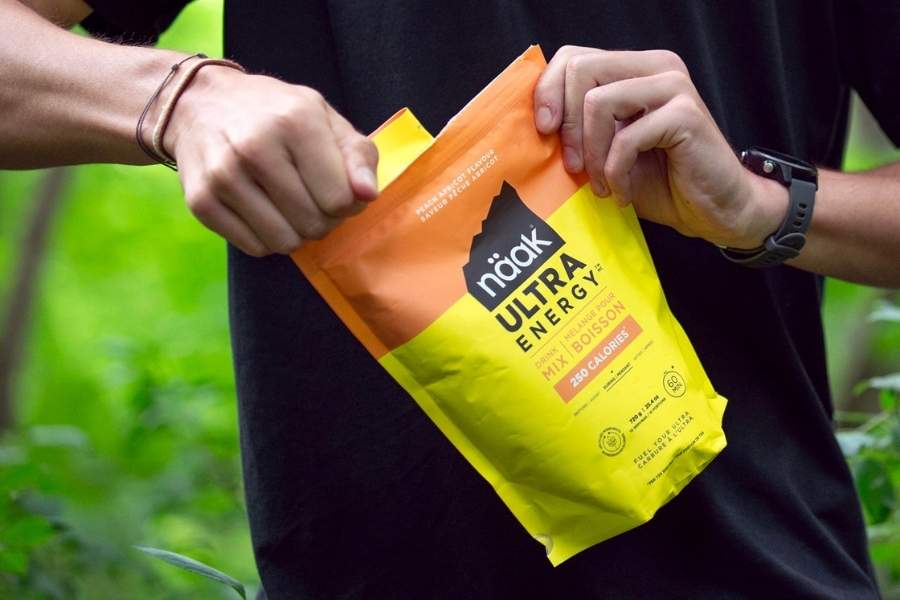
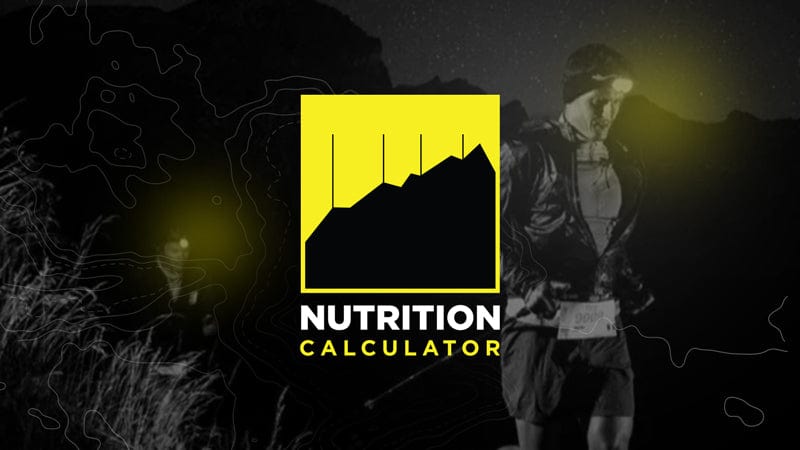
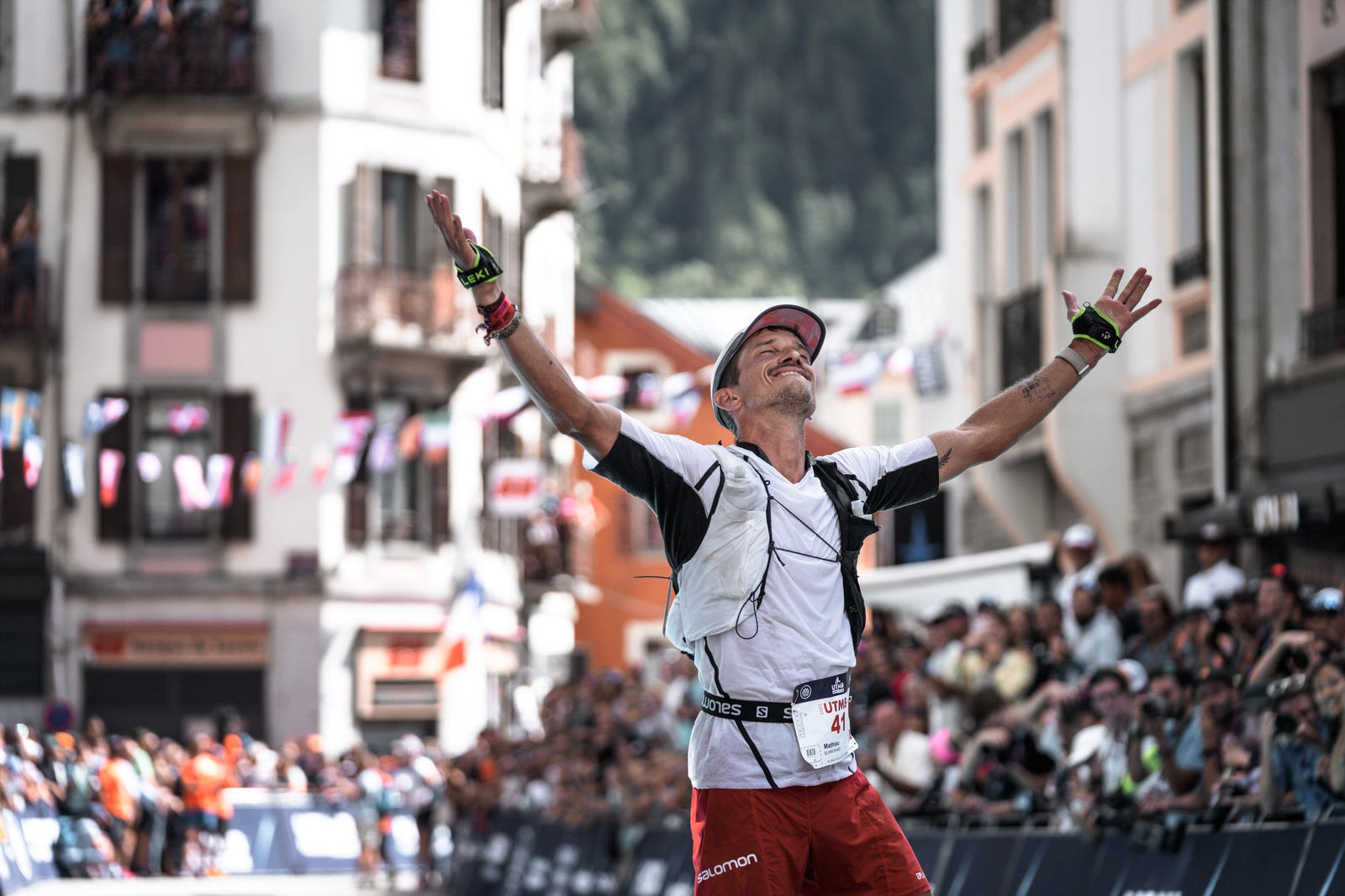


















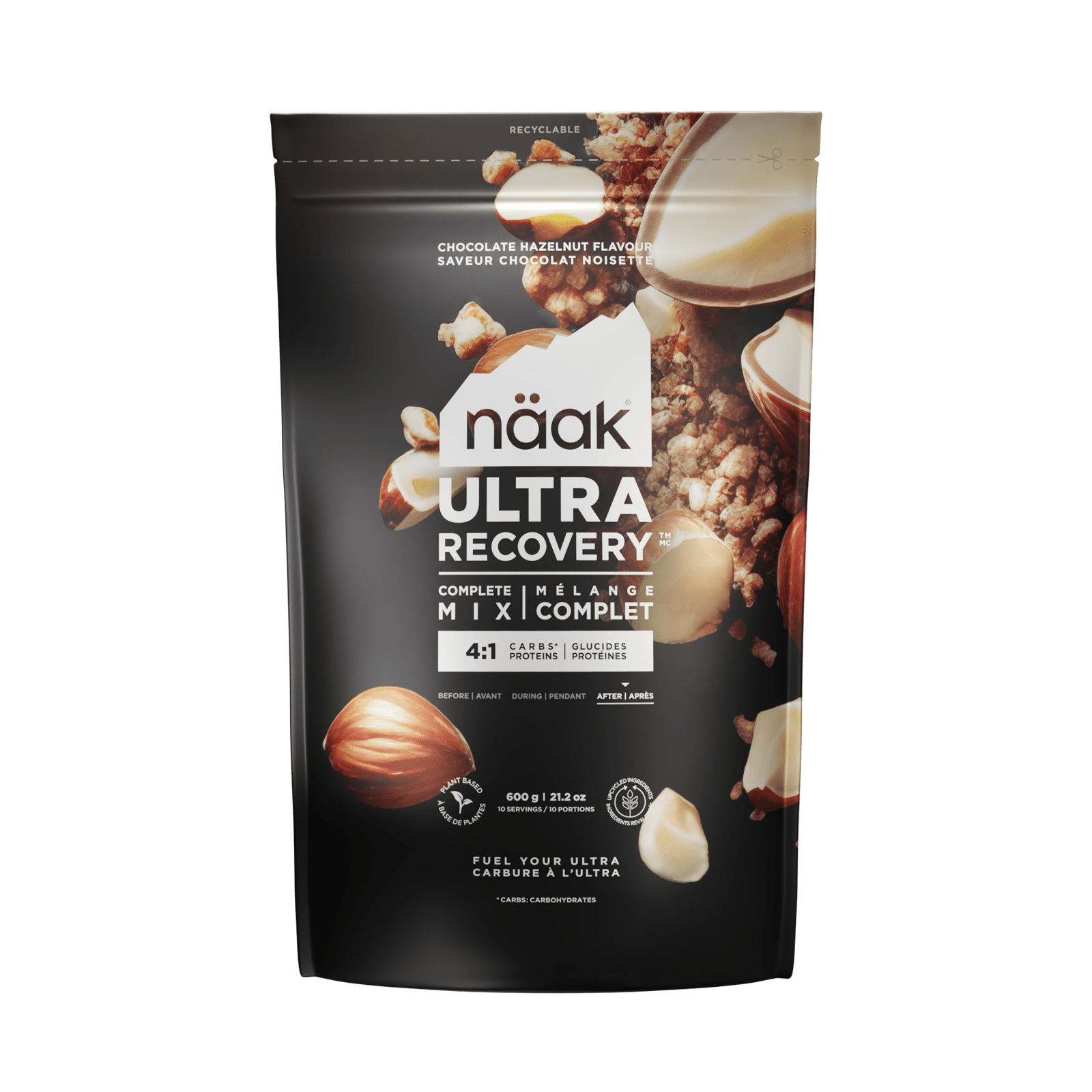
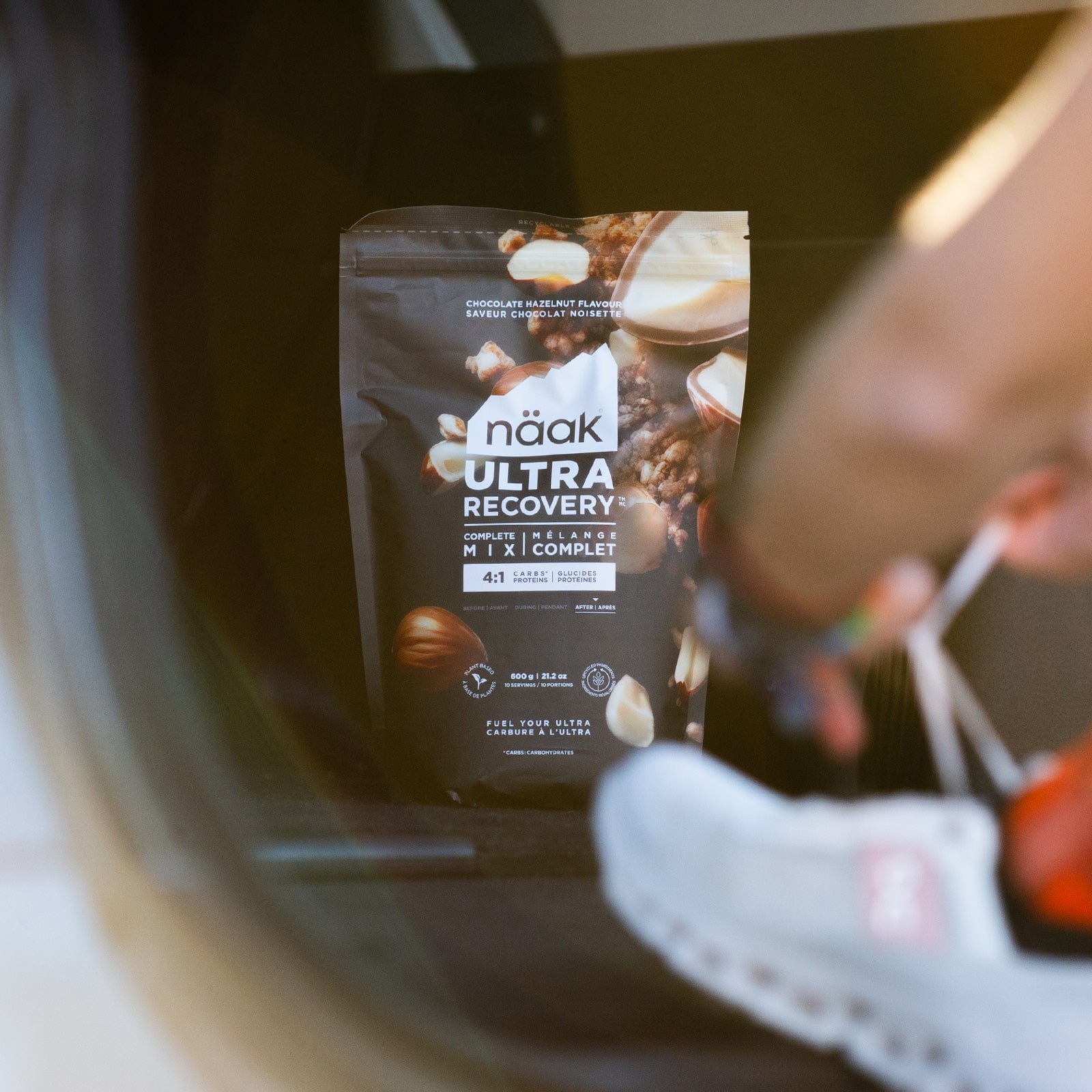
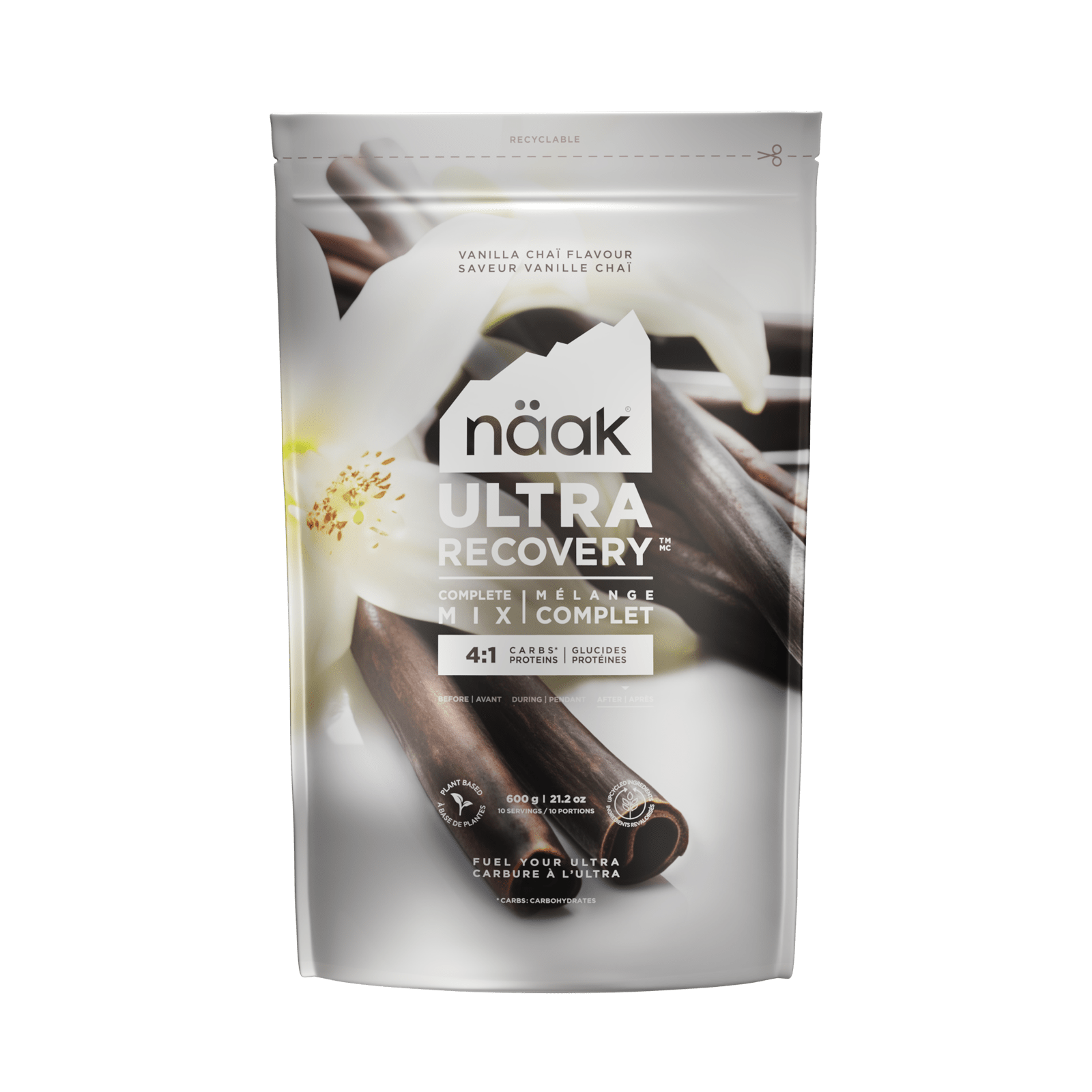
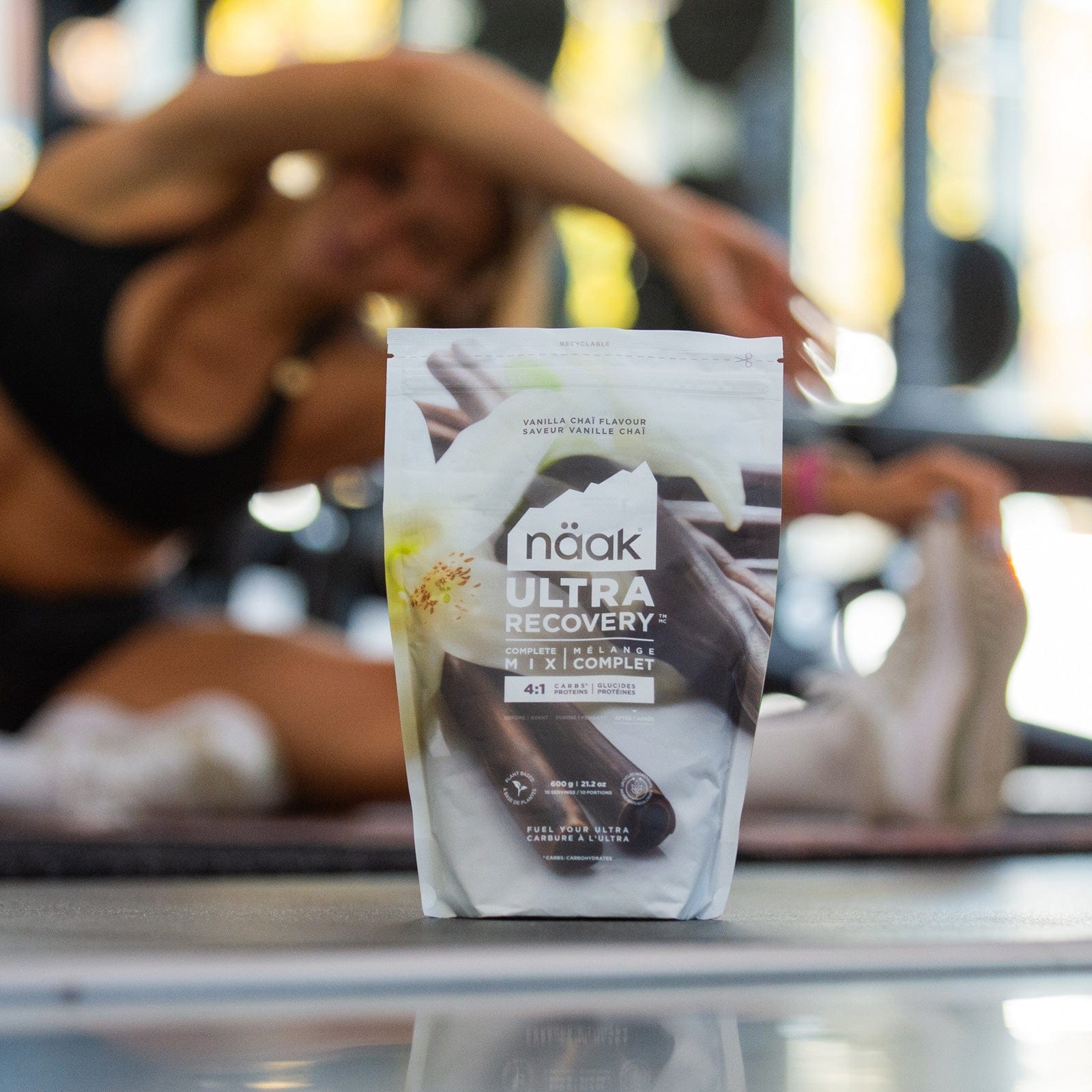


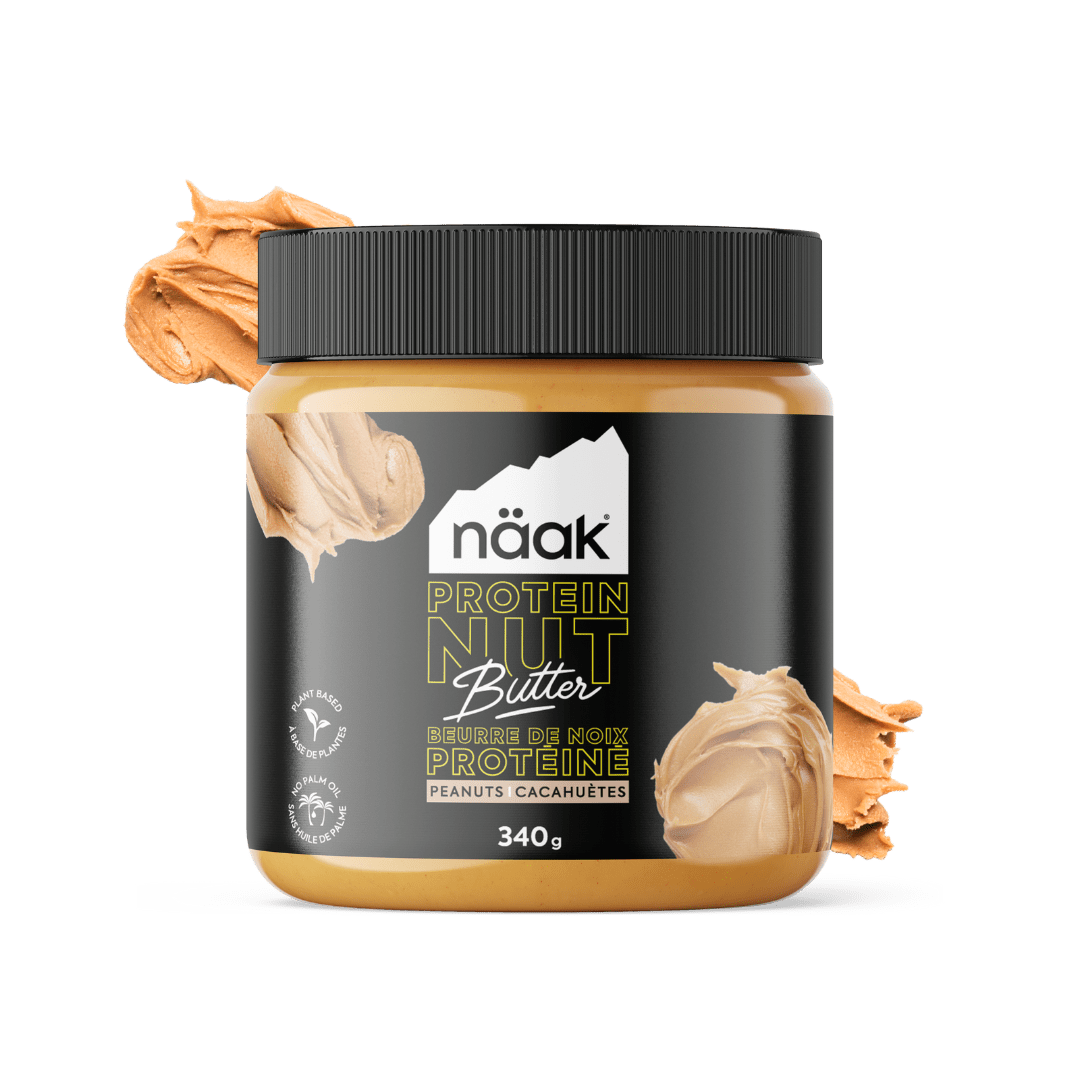
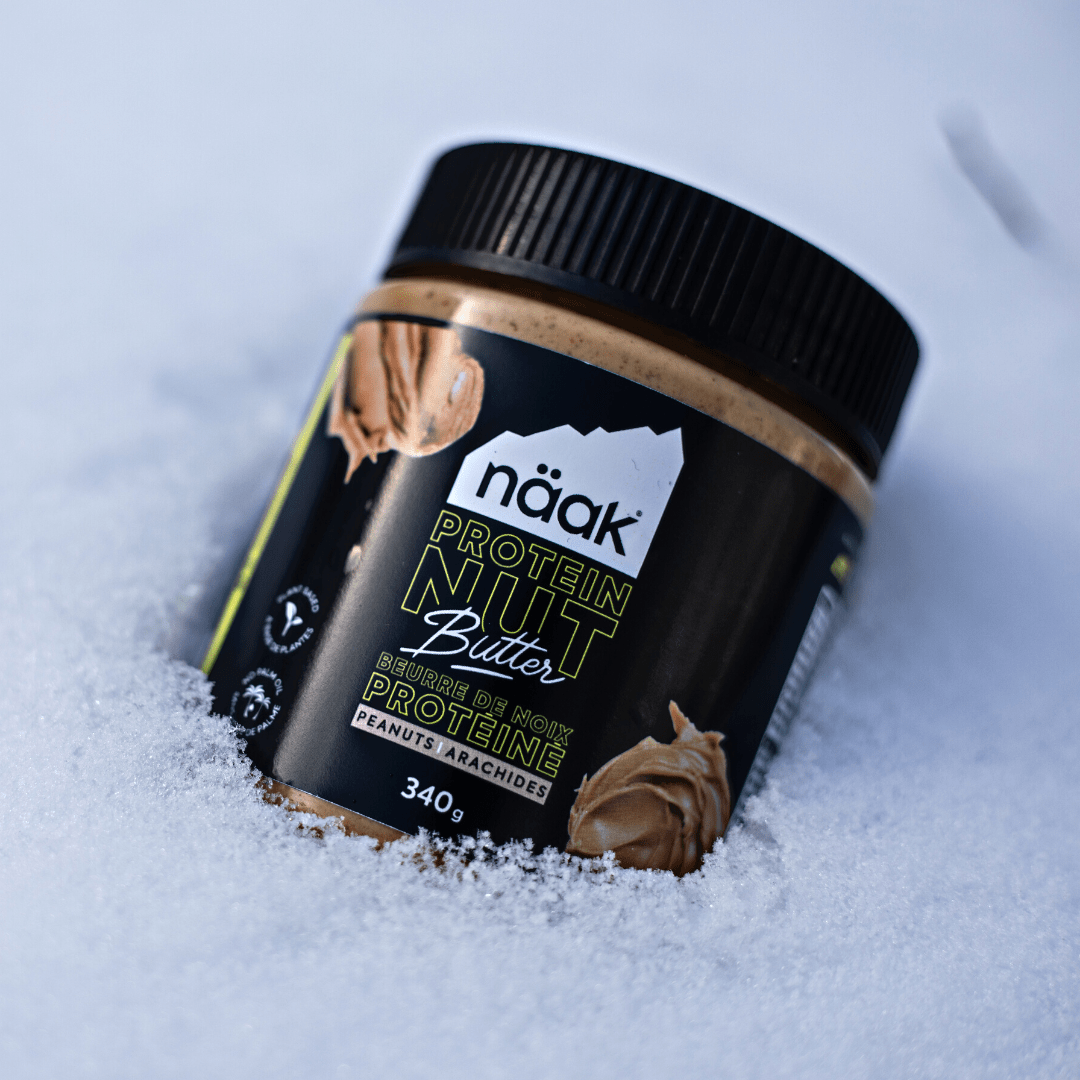
Leave a comment (all fields required)